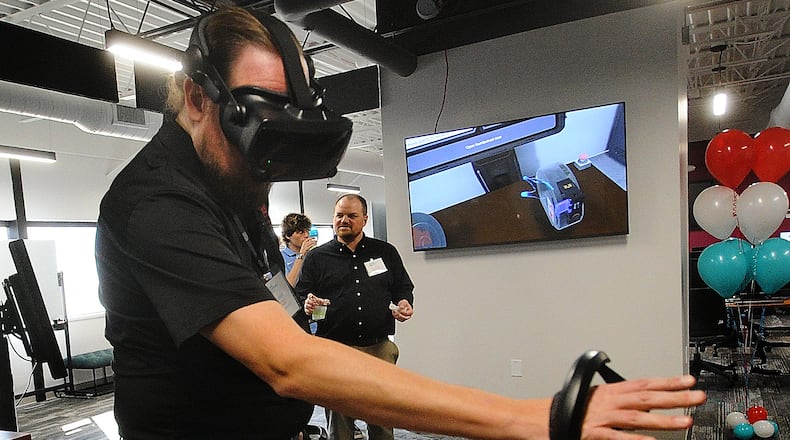“The Perpetual Atomics presence on the UD campus further cements their ongoing strategic partnership with UDRI Space Power Systems to sustain our collective space science, exploration, and space economy ambitions,” Chad Barklay, group leader for Space Power Systems at UDRI, said in a statement. “The partnership brings together the capabilities, knowledge, and expertise of diverse capabilities across geographical and organizational boundaries to create something exemplary and distinguishable within the space industry.”
“Perpetual Atomics represents a significant leap forward in our commitment to supporting cutting-edge innovation,” Stacie Hoelscher, DTC director, also said. “Their inclusion underscores our dedication to advancing digital transformation across industries, including the pivotal area of space technology.”
“At Perpetual Atomics, we are all excited about growing our footprint outside of Europe and in the area that was the birthplace of radioisotope power technologies. We are looking forward to growing our collaboration with partners in the United States,” said Richard Ambrosi, the company’s chief scientific officer. “This is also a testament to the longstanding 12-year collaboration between the Leicester-based team and UDRI.”
Officially opening in 2023, the DTC, on the second floor of 1520 S. Main St., is meant to help students, industry and Air Force representatives harness digital tools to do what they do with greater speed, power and accuracy.
“Trust me,” Sukh Sidhu, vice president of UDRI, said in November 2023. “It’s going to be huge.”
This is not the only scienced-focused firm on the UD campus. GE Aerospace has about 300 employees at its EPISCenter (the Electrical Power Integrated Systems Center) on River Park Drive.
UDRI is no stranger to powering space systems. Barklay is a former employee of what was the Department of Energy’s Mound facility in Miamisburg.
The Mound complex, atop a hill in Miamisburg, made nuclear weapons parts and performed nuclear materials research for decades. The site operated from 1948 to 2003 and at its peak employed about 2,500 people, occupying 116 buildings covering 306 acres.
The work there was eventually moved to Idaho, and the Mound campus today is a private business park, with far fewer employees.
Barklay and a UDRI colleague, engineer Allan Tolson, chose not to move to Idaho and they landed at UDRI, where their work touched on, among other projects, a power generator that kept the Mars Perseverance rover warm and mobile.
The Multi-Mission Radioisotope Thermoelectric Generator UD refined converts the heat from the natural decay of a plutonium-238 dioxide to electricity through solid-state thermoelectric couples.
The University of Leicester last year announced the spin off of Perpetual Atomics to commercialize the expertise in space nuclear power developed at the university.
About the Author


